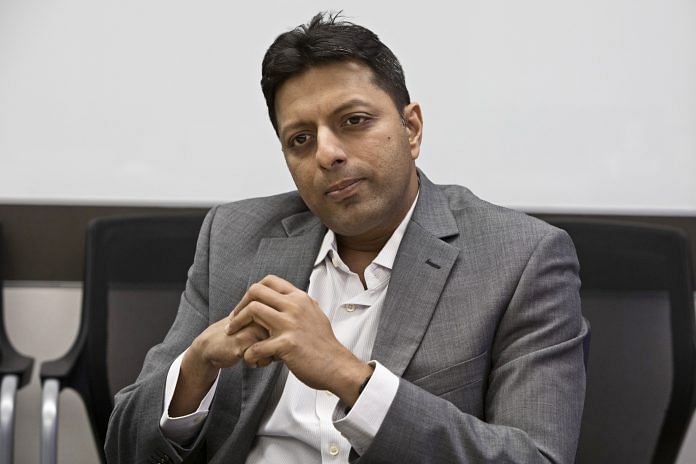As smartphone adoption surges, Indians are watching digital video content for an average of over 8 hours each week, which is more than TV.
Bangalore: Meghal Karekar is hooked on watching smartphone videos, an addiction shared with 200 million fellow Indians that has the world’s streaming giants beating a path to his door.
“Everywhere I go during my work day – the security guards at client offices, the receptionists, people lining up for the elevator – are on heads-down, earphones-on mode,” said Karekar, a 56-year-old architect from Bangalore. “India has always been movie-mad but the mobile phone is taking the screen mania to another level.”
As smartphone adoption surges, along with the networks capable of transmitting high-quality videos, the nascent Indian market is seeing explosive growth that is attracting everyone from Netflix Inc. to Jeff Bezos and Rupert Murdoch. They are creating original programming, developing native language content and fine-tuning their pricing strategies in the country of 1.3 billion people to get consumers to pay.
While the Indian market for over-the-top video services was worth just 21.5 billion rupees ($296 million) in the year ended March, it’s expected to grow 45 percent annually through 2023, according to KPMG. By comparison, Netflix’s streaming business is expected to generate $7.6 billion of sales this year.
Right now it’s Hotstar, part of Murdoch’s 21st Century Fox Inc., that has the lead, helped by the rights to key cricket broadcasts. But Amazon.com Inc.’s Prime Video and Netflix are investing to win over users.
“Prime Video is to India what same-day or next day shipping is to the U.S.,” Amit Agarwal, Amazon’s India chief, said in an interview. “It’s a unique market with 700 million phone users.”
Bezos’s e-commerce giant has 30 original shows in different stages of production and many will be released next year. “Our production pipeline is bigger than anyone else,” Agarwal said.
It’s not just the sheer number of people that is appealing to streaming companies, it’s their engagement with their phones. Indians are watching digital video content for an average 8 hours and 28 minutes each week, which is more than for TV, with that number jumping 58 percent from 2016, says a study by delivery platform, Limelight Networks.
As the global giants duke it out in India, another potential entrant looms large in the form of Asia’s richest man. Billionaire Mukesh Ambani’s Reliance Jio, with almost 240 million wireless phone users as of August, is acquiring rights to everything from soap operas and Bollywood films to the Winter Olympics for subscribers to its mobile phone network, on its way to becoming India’s largest.
For Netflix, which is in nearly half of all American households, India could hold the key to international expansion through the next 100 million new subscribers. Chief Executive Officer Reed Hastings acknowledges that India is a tough market and those new users won’t come easy.
“In India, to be a mass product you also have to be in 20 languages and also do certain types of content,” Hastings said in an interview. “We’re targeting well-off people comfortable with English-language entertainment.”
Amazon and Hotstar offer 999-rupee ($13) annual memberships while Netflix’s plans start at 500 rupees a month. That is much cheaper than what a U.S. or European consumer would expect to pay, but India is a country where the average wage is still just a few dollars a day. Amazon also offers a monthly membership at 129 rupees.
Hotstar, which offers a combination of free and premium content, has had its app downloaded more than 300 million times as the nation’s most popular sport proves an enticing lure. After Fox paid an eye-popping $2.5 billion last September for the TV and digital rights to the next five years of Indian Premier League cricket, the service began charging for those broadcasts. This year, it set a record for the highest digital audience for sporting event.
Without cricket, Netflix and Amazon are focused on building their libraries with TV shows and movies. Amazon has content in six regional Indian languages besides Hindi.
But that isn’t deterring Netflix, which has doubled its catalog in India since it launched in 2016. “Sacred Games,” an original thriller set in Mumbai, made its debut this summer. On Nov. 9, the Los Gatos, California-based company announced eight new films and an original series from India, half of the total new shows for Asia.
For now, in the fight between global companies victory belongs to the viewers. “With such a variety, ordinary Indians can escape the drudgery of everyday life in our cities,” said Karekar.-Bloomberg



